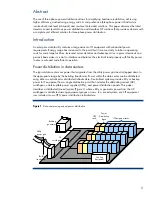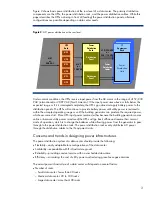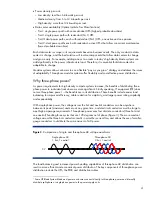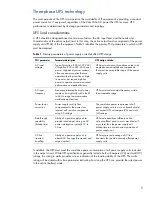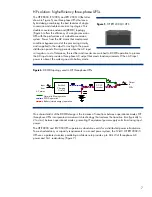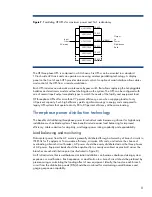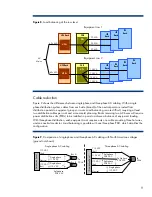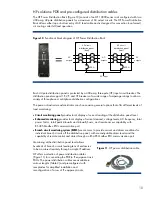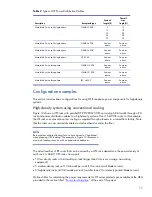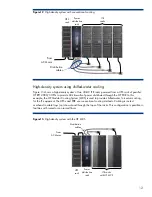
•
Power density per rack:
–
Low density: less than 6 kilowatts per rack
–
Medium density: from 6 to 12 kilowatts per rack
–
High density: more than12 kilowatts per rack
•
Data center availability (Uptime Institute Tier Classifications)
–
Tier I: single power path with non-redundant UPS (highest probable downtime)
–
Tier II: single power path with redundant (N+1) UPS
–
Tier III: dual power paths, each with redundant (N+1) UPS, one active and one passive
–
Tier IV: dual power paths each with redundant, active UPSs that allow concurrent maintenance
(lowest probable downtime)
Each data center is unique in its requirements based on business needs. The only constant in data
centers is change, and the best solution will involve components that allow data centers to change
and grow easily. For example, adding one or two racks in today’s high-density blade systems can
add significantly to the power infrastructure load. Therefore, it is essential that data centers be
adaptable to change.
Modular systems allow customers to use a flexible “pay as you grow” strategy and address the issues
of adaptability. Three-phase modular systems offer flexibility and cost-effective power distribution.
Why three-phase power?
As power requirements for high density compute systems increase, the benefits of distributing three-
phase power to individual racks become more significant. Strictly speaking, IT equipment (ITE) does
not use three-phase power
1
—the benefits are in its distribution. These benefits include easier load
balancing for improved efficiency, cable reduction for simplicity, and larger power rating capability
and expandability.
With single-phase power, the voltage across the hot and neutral conductors can be anywhere
between its peak (maximum) and zero at any given time, and electrical conductors must be large to
meet high amperage requirements. Three-phase power uses four discrete conductors (three hot and
one neutral) handling three cycles that are 120 degrees out of phase (Figure 3). The more constant
voltage across the three hot conductors results in smoother current flow and allows the use of smaller-
gauge conductors to distribute the same amount of AC power.
Figure 3
. Comparison of single- and three-phase AC voltage waveforms
Single-phase AC
1 hot, 1 neutral
Three-phase AC
3 hot, 1 neutral
0 V
The load balancing and increased power handling capabilities of three-phase AC distribution can
result in more efficient and economical power distribution. The key components of three-phase power
distribution include the UPS, the PDR, and distribution cables.
1
Some HP BladeSystem blade and power enclosures connect directly to three-phase power and internally
distribute split-phase or single-phase power to the power supply units
.
4


